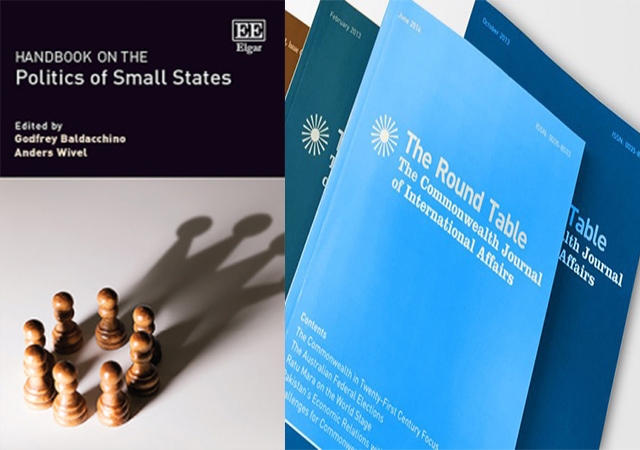
What is a ‘small state’? This is an enduring and highly contested question within academic and policy-making circles. The short answer is that there is no consensus on what constitutes a small state. For instance, Simon Kuznets in ‘Economic Growth of Small Nations’ (1960) used an upper limit of 10 million people, while others have suggested three million. Perhaps the most accepted figure is 1.5 million or less as set out by the Commonwealth Secretariat. But even here there is uncertainty. Countries with bigger populations but which share many of the same characteristics, such as Jamaica and Namibia, are also viewed by the Commonwealth Secretariat as small states. So, for any volume, and particularly an edited one, on small states the issue of definition can be tricky to navigate. Baldacchino and Wivel, leading scholars in the field, recognise the problem and aim to establish a more expansive definition. Their starting point is that a small state is tied to ‘a specific spatio-temporal context’ (Thorhallsson & Wivel, 2006) and as a consequence ‘it makes little sense to define small states according to a specific population … and then apply that definition through time and space’ (p. 7). Instead, the editors set out a ‘pragmatic’ working definition (although not every contributing author sticks to it), focusing on the limited capacity of states, and their position as ‘the weaker part in an asymmetric relationship’. There is much to applaud in an approach that focuses more on the political, economic and social context facing states, rather than an arbitrary definition based on population size. And it is to be commended that the analytical prism of small states studies is able to go beyond its normal use to include other states that face similar challenges. However, there is a risk that the definition becomes so broad and all-encompassing that some explanatory value is lost, and this reviewer did feel that when Ukraine (with a population of 45 million and the second largest land mass in Europe) and the Philippines (with a population of over 100 million) were discussed the framework of analysis was being stretched a little too far. Still, the editors deserve credit for pushing the boundaries of the discourse.
Another interesting point of reconceptualisation is in relation to the unexpected inclusion, in a volume on small states, of three chapters on small, semi/non-sovereign states and territories. In setting the scene to his chapter Prinsen argues that ‘small subnational jurisdictions can acquire an autonomy in political praxis that is sometimes even greater than that enjoyed by small sovereign states’ (p. 362). The chapter illustrates how many such jurisdictions ‘display an ability to act on the international stage as if they were sovereign’, and ‘quite successfully negotiate with their metropoles a growing autonomy in domestic policy-making’ (p. 373). Prinsen argues, as many do, that the ‘putative sweet spot of sovereignty’ (p. 374) means that small subnational jurisdictions are ‘in a more prosperous and less vulnerable position than comparable small sovereign states’ (pp. 373–374). He concludes by arguing that they should push for greater autonomy and ‘free association’ with their metropolitan powers, and therefore be considered as ‘decolonised’ by the United Nations. However, many metropolitan powers, including the United Kingdom, are reluctant to grant that extra freedom.
Handbook on the politics of small states is edited by Godfrey Baldacchino & Anders Wivel, Cheltenham, Edward Elgar, 2020.
Peter Clegg is an Associate Professor in Politics and Head of the Department of Health and Social Sciences University of the West of England, Bristol, UK and a member of the Round Table editorial board.



